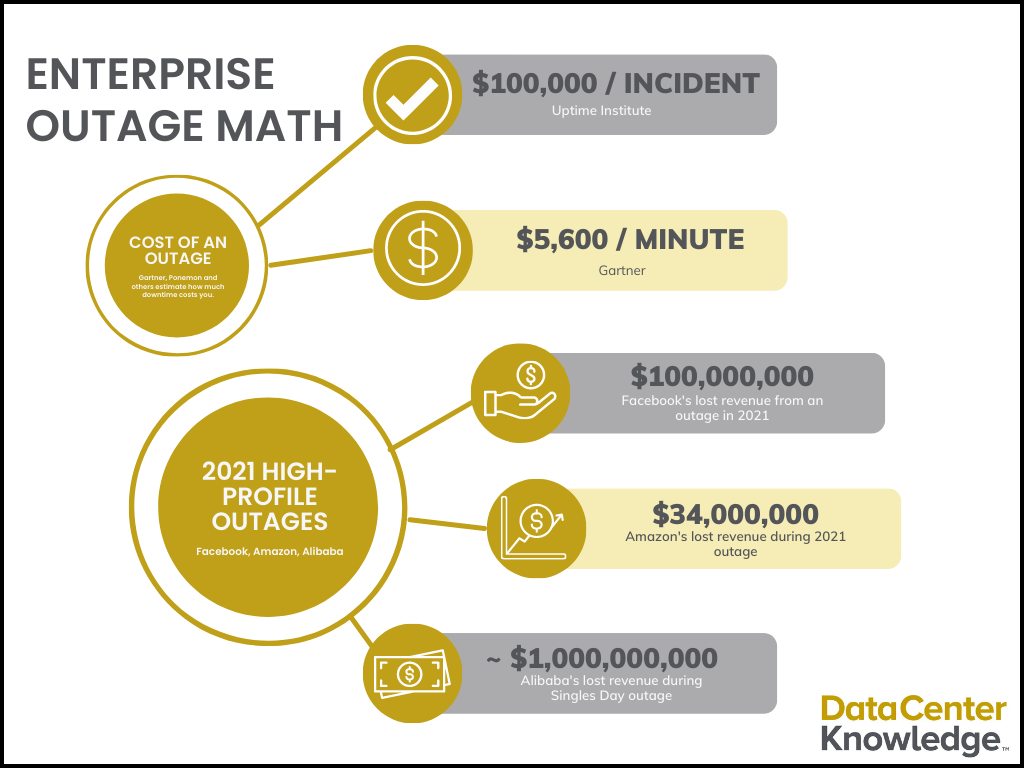CDOT, CDPS and CSP celebrate opening of new, updated Eisenhower Johnson Memorial Tunnels Traffic Operations Center
Statewide – Coloradans have experienced its first taste of snow in October, officially marking the start of the winter driving season. This year, the Colorado Department of Transportation is adding more to its arsenal to help keep traffic moving and travelers safe, especially along the Interstate 70 Mountain Corridor, by opening a new, updated Operations Center at the Eisenhower Johnson Memorial Tunnels and maintenance garage bays.
“We are now approaching an almost $2 million hit to the economy for every hour the I-70 Mountain Corridor is closed,” said Shoshana Lew, CDOT’s Executive Director. “Not only do closures delay important deliveries and transportation of goods, it also has a real impact on the livelihood of our travelers, which cannot be summed up by a figure. It is important to CDOT to do everything we can to alleviate those impacts and ensure a quick clearance of incidents along the interstate, which is why we invested in updating our technology at the Operations Center and constructing a new maintenance facility at the Eisenhower Johnson Memorial Tunnels.”
While an Operations Center inside the Eisenhower Johnson Memorial Tunnels has already existed for decades, the technology within the Center needed to be updated to improve response times and safety. Upgrades include replacing decades-old copper wires, installing fiber optic cables, putting up new cameras and screens, all of which will increase the speed and quality of the Center’s monitors inside the new building. Quality is imperative as it helps CDOT’s Operators see if there is something in the road that needs to be cleared or get more details on an incident.
“The new cameras and monitors will allow us to zoom all the way into the roadway, up to two miles away from the tunnels, to detect even small debris such as nails,” said Lew. “This allows our crews to remove it from the roadway before it becomes a hazard to motorists. We are also able to zoom in on incidents to better document and report what is going on. We will be able to see how many passengers are in a vehicle, license plate numbers and more. This helps aid our first responders, including CDOT maintainers, as they respond to an incident…




